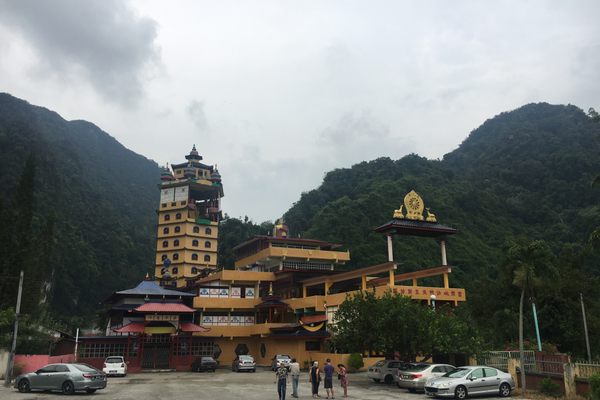About
The ruins of Hampi, once a grand city in the Indian state of Karnataka, were once home to more than 250,000 people in the Vijayanagar Empire, and filled with Hindu temples. The abandoned city is now dotted with hundreds of individual ruins, home to countless architectural wonders.
Among the most beautiful ruins of Hampi are the pushkarnis, ancient water tanks. Like many Hindu temples in India, Hampi’s majestic temples have accompanying stepped tanks or basins used for religious and ceremonial purposes. Though thousands of miles away, water in the pushkarnis was considered part of the Ganges, Hinduism’s most sacred river, and therefore sacred.
The pushkarnis all follow a similar architectural form, designed symmetrically as either rectangles or squares. Each generally has several large tiers which contain multiple steps in semi-pyramidal from, leading down to the next level. Many of the pushkarnis were surrounded by pillars, like those at the Pattabhirama Temple, all of which added to the sense of grandeur.
These sacred tanks were integral parts of each temple complex. The stepped tanks were used for ritual bathing and cleansing before prayers. They also performed important ritualistic functions for festivals. At the end of Ganesh Chaturthi, the festival celebrating Ganesh, the idol of the god must be submerged in water in order to ritualistically dispose of it, a practice known as visarjan.
The steps carved into the sides of each pushkarni allowed for worshippers to easily get in and out of the water. The pushkarnis were fed with the water of the nearby Tungabhadra River through a series of canals and aqueducts. While some, like the tank at the Krishna Temple, are no longer functional, others still receive some water through the ancient water systems.
Related Tags
Delhi and Rajasthan: Colors of India
Discover Colorful Rajasthan: From Delhi to Jaipur and Beyond.
Book NowPublished
April 4, 2018



























